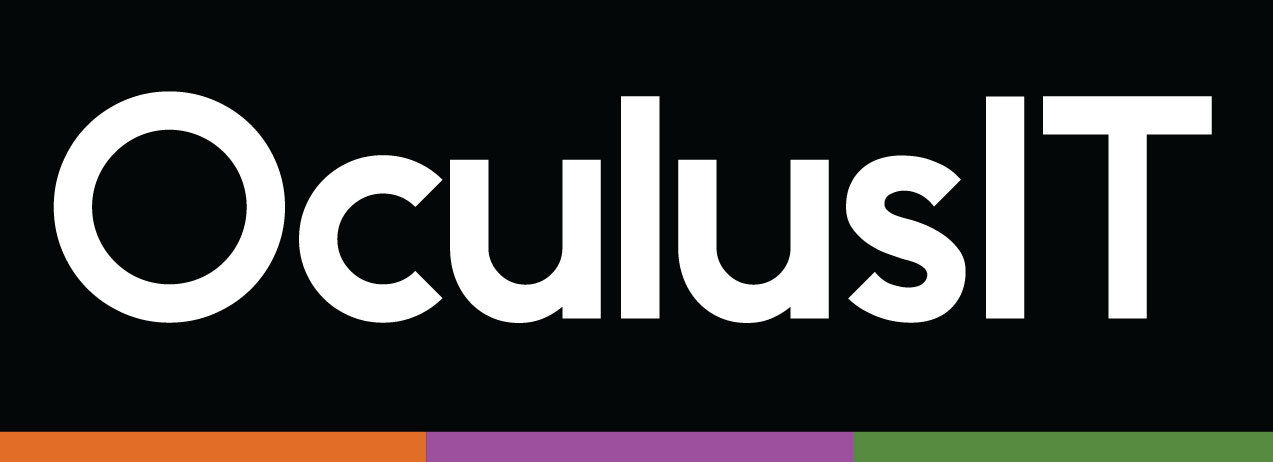7 Key Steps for a Successful Data Center Migration
Importance of Data Center Migration for Higher Education
A data center migration, also known as data center relocation, is the process through which an existing data center environment on campus is deployed and transferred to another operating environment. This helps colleges and universities with systematic planning for migrating their existing data center to a new facility or site.
Transitioning your IT infrastructure to the Cloud enhances your operational efficiency, agility, cost optimization, customer responsiveness, scalability and security. Campuses can move critical areas of their existing IT infrastructure to the Cloud or adopt managed data center platforms in favor of in-house or standard data center facilities, i.e. they can create a public or a hybrid-cloud footprint based on their academic requirements.
7 Key Steps for a Successful Data Center Migration
Today, higher education institutions are under significant pressure to impact and benefit their student community at large. Their IT departments are expected to be efficient, be highly available and competitive, while maintaining security and being cost-effective.
Before going for a data center migration, campuses must consider a few common challenges that can cause disruption even with careful planning and implementation of best practices. Here are 7 key steps to follow before an institution begins a data center migration:
- Identify the scope of migration
You must start by assessing your organization’s current environment and identify the scope of migration. You must also ensure that your campus has an updated inventory of your IT environment before you begin the migration plan from services and applications perspective.
- Assess the stability of your platform
The IT departments should ensure that the equipment is in no danger of failure in transport and healthy equipment is on standby in case of an emergency.
- Define data criticality
Identify and define the criticality of each data asset for the organization, their usage and relationship to the data center environment.
- Know your network
Your campus must not rely on using the traditional configurations for network infrastructure. You should test your network communication thoroughly and then establish your campus network at the new location securely.
- Determine the downtime
It is critical to have an accurate assessment of downtime before you begin a data center migration. This will initiate the method for the actual migration, ensuring your campus keeps in line with the defined scope.
- Establish a migration methodology
A combination of tactics can be used to determine and establish a migration methodology. If your campus chooses a cloud migration strategy, you must determine how large volumes of data will be transported. Your IT department must consider important questions around what kind of migration process (“forklift migration” or “swing migration”) and transfer process is followed (network storage appliances or software for over-the-wire data transfers).
You also must avoid migrating your platform for the first time on the same day that you conduct the actual migration. Campuses can perform testing to gain a better understanding of going through the migration process and identifying potential roadblocks.
- Consider an IT partnership
Colleges and universities must assess whether their in-house team has adequate resources to execute a successful data center migration. Third parties are a great option to help with the physical migration. They remove most of the pressure from the process and free up the campus resources to assist with the data migration. Choosing a right IT partner can help you avoid a major data center migration catastrophe. Your campus must partner with an organization that will go over the planning and infrastructure migration strategies, network connectivity, applications, data, security and compliance requirements in-depth. Your campus will make a seamless data center switch with a strategized advanced planning, communication setting, and a detailed effort to understand the operations for your IT infrastructure.
Damon Kathuria,
Vice President, Operations
About the Author
Damon is an accomplished leader in technology-led business solutions, corporate technology function and enterprise digitization. As Vice President of Operations at OculusIT, he is responsible for developing and executing a global operations strategy in organization’s support functions, service delivery, customer billing, information technology and global procurement.

